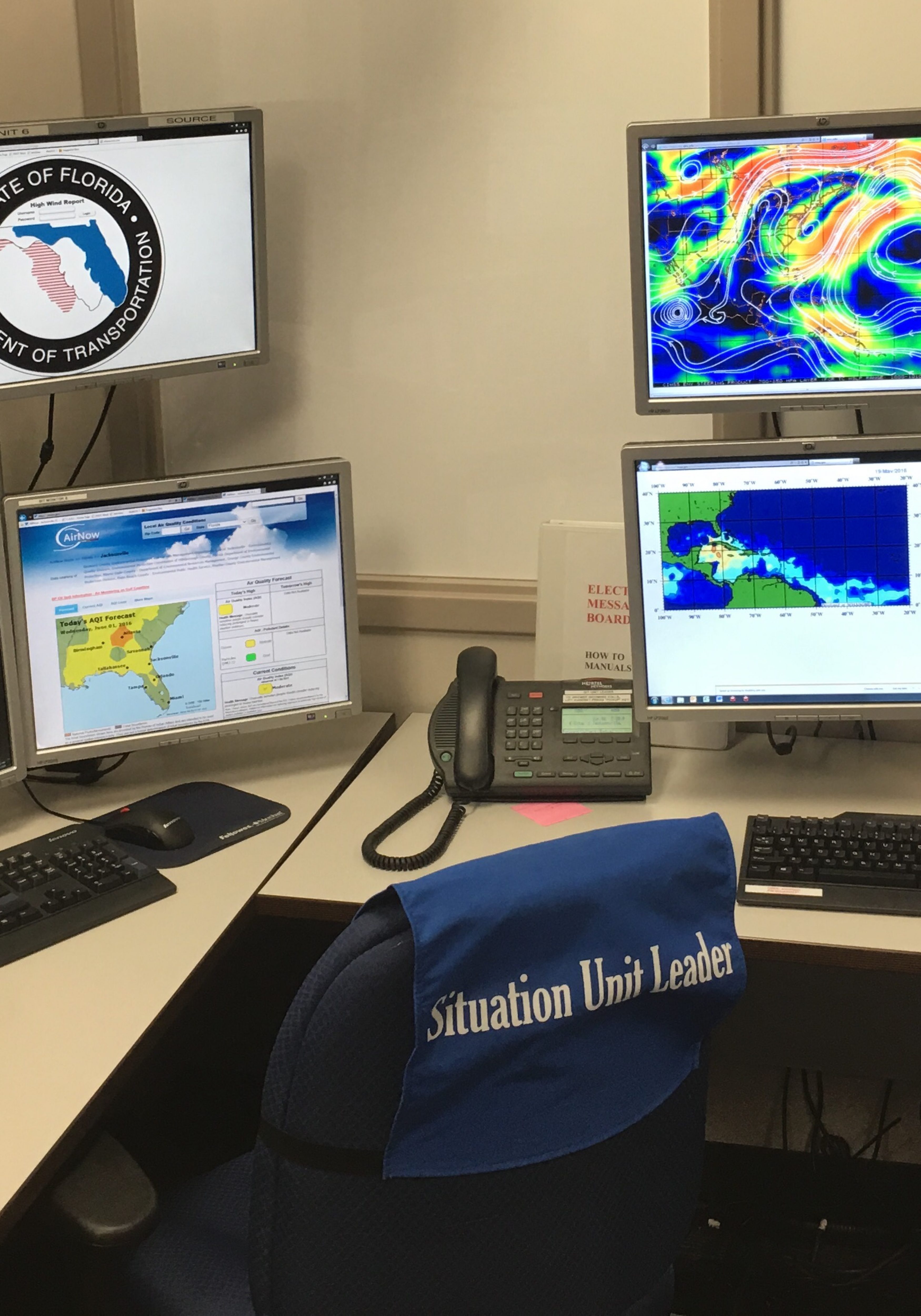
Jacksonville isn’t exactly sitting in Hurricane Alley. But on Wednesday, Mayor Lenny Curry said that’s “no reason for complacency.”
Curry, who cited “public safety” as a “top priority of [his] administration,” issued brief remarks before a media tour of the emergency operations center.
The facility, in a former Federal Reserve building, has all of the earmarks of a mid-century secure bank. Inside, however, is where the city stages reactions to everything from tropical storms onward to other issues that require a coordinated emergency response.
Expectations this year, said meteorologist Scott Cordero of the National Weather Service Jacksonville, are for a “near-normal season,” with up to 16 storms, eight hurricanes, and up to four major storms.
Though Jacksonville has escaped a direct hit for over a half-century, Cordero said the time is now to “contemplate, act, and plan” on such matters as insurance, planning an evacuation destination, and anticipating what might be needed for the home, the family, (including elderly members reliant on medication), and pets.
After all, Cordero said, Hurricane Andrew was one of just six storms in 1992 … the first of the season … and a Cat 5.
“It just takes one to change the community forever,” Cordero warned.
Media got a tour of the emergency operations center, which operates at a budget of $1 million per year.
Described as “the central location for disaster and emergency information and the central voice of government as it relates to protective actions for the public and any actions being taken to protect life, property, and to mitigate of damage,” it contains everything from set hierarchies and multiple rooms to stage responses to a complex web of communications equipment.
And it still evolves: word is that Jacksonville Fire and Rescue is exploring the practicability of drones to assess storm and other damage in the future.


